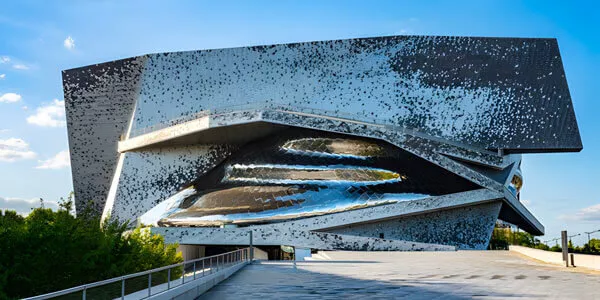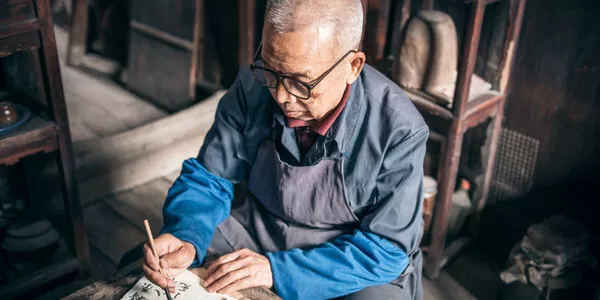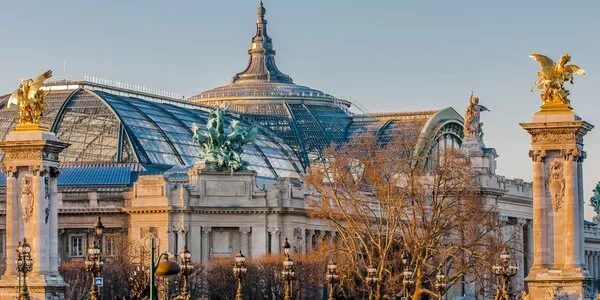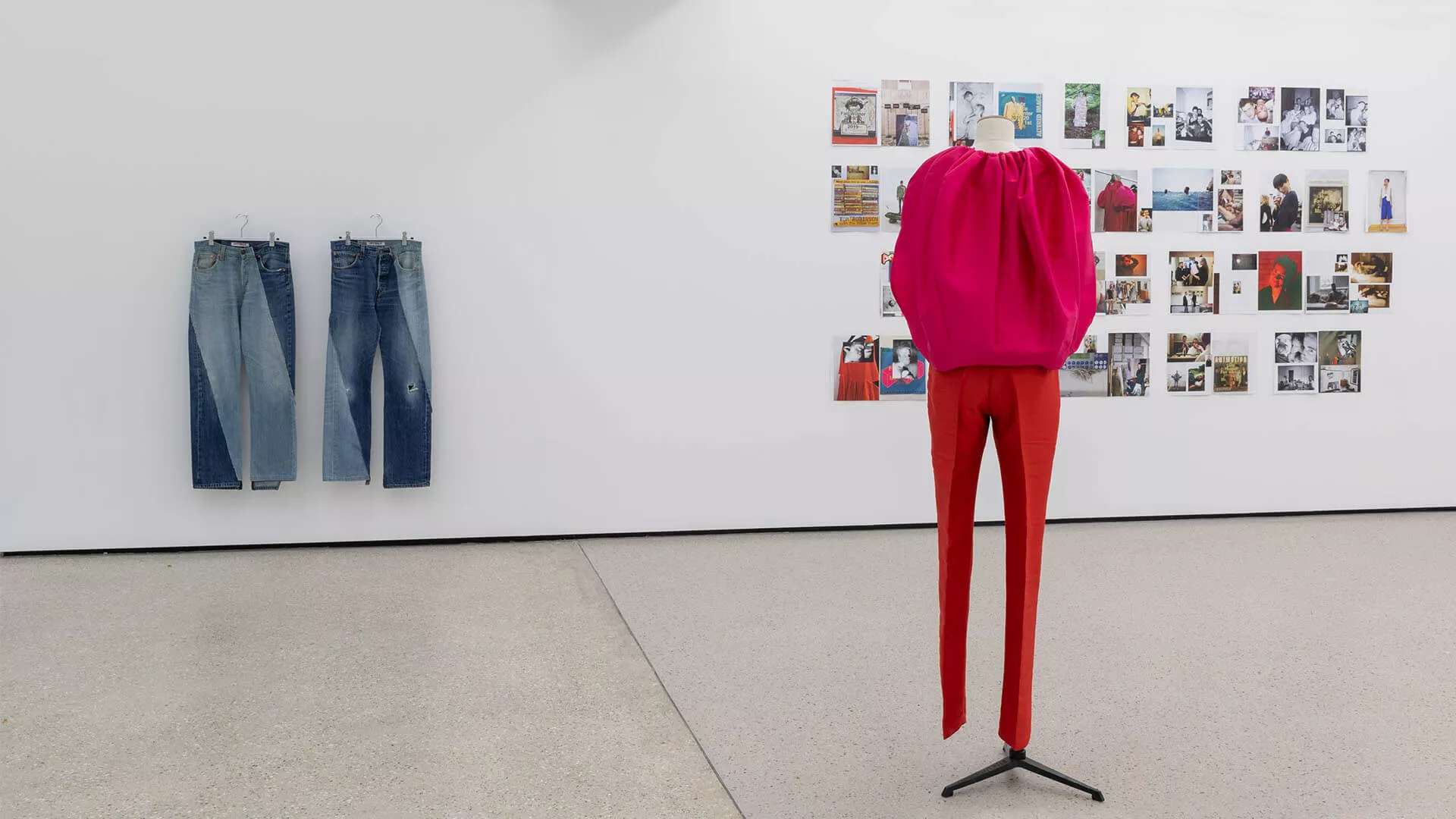
Paris and Contemporary Art, an artistic feast comes home.
View of the La pensée corps (body thinking) exhibition at the Pernod Ricard Foundation in Paris (France), 2022-2023.
1. The views and opinions expressed in this article are those of the author.
1 A new generation of museums and private art centres.
The installation of the Fondation Louis Vuitton in the Bois de Boulogne in 2014 paved the way for the opening of a series of high-profile art venues, such as Lafayette Anticipations in the Marais, and the Pinault Collection in the old stock exchange in 2020. At the same time, historic spaces have moved into more modern spaces, such as the Agnès B space (La Fab., 13th Arrondissement), or the Ricard Foundation, near Saint-Lazare. And new projects are underway, supported by the Cartier Foundation for Contemporary Art which is in the process of taking over the Carré du Louvre, and the Emerige Foundation, which is setting up on Île Seguin, in the former Renault industrial site at Boulogne-Billancourt.
2 An increasing number of work and residence spaces for artists.
In parallel with the opening of exhibition venues, Île-de-France has recorded a significant increase in the number of “artist residences” (workshops made available free of charge or for a modest rent), for example the Fiminco residences in Romainville, Poush in Aubervilliers (200 workshops), 6B in Saint Denis (200 workshops) or the Grandes Serres de Pantin, to name but a few. Even though Paris maintains its reputation of being an expensive capital (in comparison with Marseille, for example), these ever more numerous creative spaces contribute in a decisive way to the attractiveness of the city for both French and international artists. This is the case in particular, given the broader European context where access to the UK post-Brexit is more limited than previously, and where Berlin rents have soared spectacularly.
Almost all of the major galleries on the international contemporary art scene now have a presence in Paris.
3 The return to grace of painting and sculpture.
Although declared “dead” in 1921 by Rodtchenko, the founder of Russian constructivism, painting nonetheless continued throughout the 20th century, even while continuing to face criticism from the avant-garde. It even reached the point that, from the 1970s to the beginning of the 21st century, it was relegated within French art schools, in favour of conceptual art, installations and video. Long neglected, even considered “outdated”, painting and sculpture have regained some of their status within French art education establishments over the last five years. This trend helps facilitate the marketing of works produced by younger generations of artists, with painting and sculpture representing more than 90% of the market in value.
4 Yet more international galleries.
The arrival of new international galleries in the capital has accelerated over the past five years, and almost all the heavyweights are now represented in Paris. This trend is further illustrated by the arrival of the American David Zwirner, the British White Cube, the Berliner Esther Schipper and soon, the Swiss Hauser & Wirth. At the same time, several galleries already present in Paris have strengthened their presence, with additional sites for Continua, Gagosian or Thaddaeus Ropac, not to mention the new venues opened in the 7th Arrondissement by the Perrotin, kamel mennour, Almine Rech and Nathalie Obadia galleries. This dynamism is also based on the up-scaling of Parisian trade fairs.
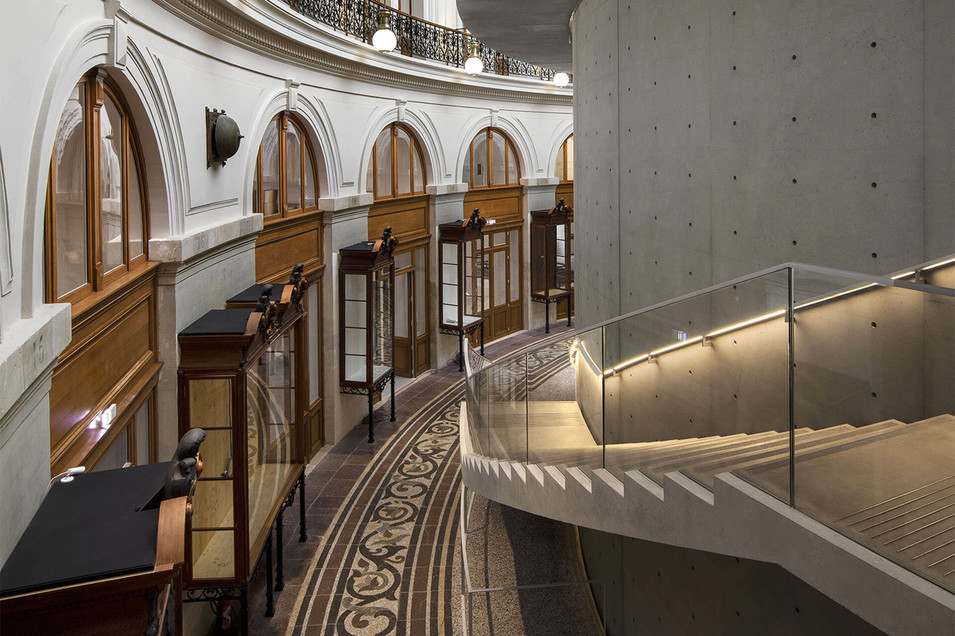
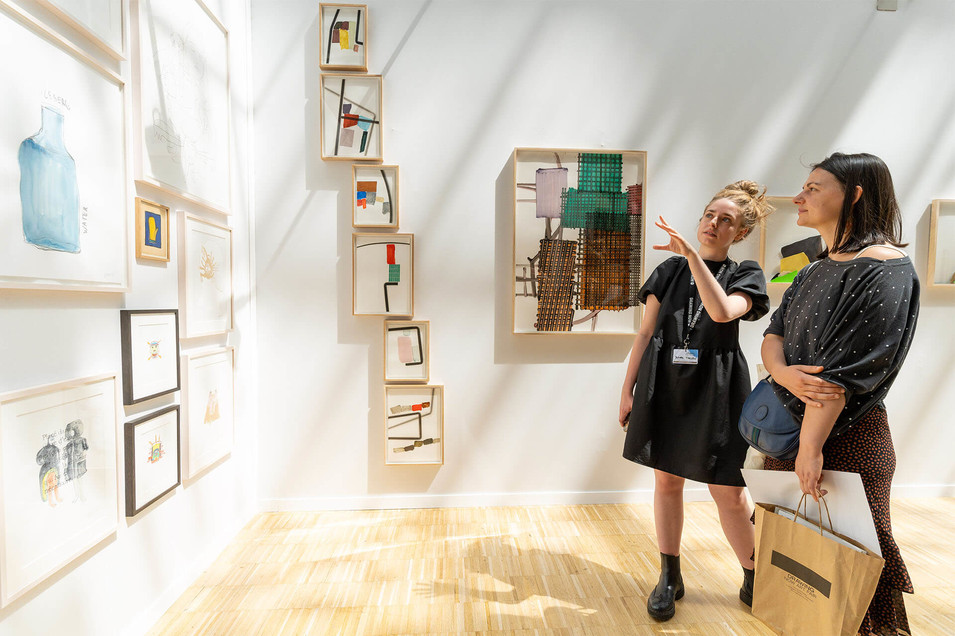
Bourse de commerce - Pinault Collection : Tadao Ando - Architect & Associates, Niney et Marca Architectes, Agence Pierre-Antoine Gatier.
15th annual contemporary drawing fair, Drawing Now Art (2022).
5 The rise of trade fairs.
Paris already enjoyed very strong positions in the markets for drawings (with the Salon du Dessin and Drawing Now), photography (Paris Photo) and ethnographic art (Parcours des Mondes). In 2022, the replacement of FIAC by Art Basel, through its “Paris+” event, marked a new stage in the consolidation of Paris as an essential stop on the international contemporary art collector circuit.
Paris has become an essential stop on the international art collector circuit.
6 New quarters for contemporary art.
Many galleries have maintained or even increased their presence in the traditional contemporary art districts (the Latin Quarter and the Marais), while showing growing interest in the Avenue Matignon quarter, which is now asserting itself as a new hub for contemporary art. Other districts, such as Belleville or Romainville, in the north of Paris, deserve honourable mentions. But the particularity of the 7th Arrondissement is that this ecosystem, which until recently mainly hosted art dealers specialising in the secondary markets, has opened up to gallery owners from the first markets, close to auction houses such as Christie’s, Sotheby’s and Artcurial.
7. Auction houses in great shape.
It should be noted that the buildings housing Christie’s and Artcurial have undergone major renovations. Sotheby’s, for its part, will transfer its activity to a new site on avenue Matignon. French auction houses are posting solid commercial results, with a significant increase in market share for France, rising from 5% of global auction sales in 2018 to 9% in 2021. They seem to be benefiting from a postponement of activity post-Brexit, with the United Kingdom’s share falling from 18% to 13% over the same period.2
Nurturing each other, these seven factors together are contributing to the dynamism of the Parisian marketplace. Paris also benefits historically from a wonderfully favourable cultural context, through an exceptional network of museums, art centres and collectors, not to mention its other tourist assets. Paris’ current leap forward as a centre for art is therefore likely to continue, and no doubt has some great surprises in store for us.
2. Art Market Report, UBS Art Basel, 2019 and 2022
Interview: Emmanuelle de L’Écotais
For three years, the festival has brought together contemporary photography and unusual locations, in Paris and Île-de-France. Emmanuelle de L’Écotais, founder of the festival, which takes place between October and December, talks about the genesis of this festival.
Why Photo Days?
The idea was born from the fact that the Mois de la Photo, which lasted for almost thirty years in France, ended in April 2017. The Mois de la Photo preceded the photography fairs that everyone knows today as Paris Photo. It seemed to me that this had left a great void in our French and Parisian cultural life in particular. I wanted to fill it by bringing in a new focus on photography in Paris.
Could you tell us about the participating galleries and the tours?
In 2020, we started with around thirty galleries in Paris, expanding to around fourty spaces in 2021. In 2022, we’ve been working with fifty-five galleries in Paris and the inner suburbs. To discover what these spaces have to offer, we form groups of ten to twelve people to whom we offer routes to take based on district or theme.
Photo Days are meetings in galleries, but also in unusual locations. Could you give us some examples?
The Balzac rotunda, located in the gardens of the Hotel de Rothschild in Paris – the National Centre of Photography – was forgotten for many years. Much of the work of Photo Days has been to bring this place back to life by calling on the work of contemporary artists. For our 2022 season, first Yann Toma, then Jean-Michel Fauquet, took over this unique space. Another atypical site is We are_Club, a private club with a very English spirit. Located on rue du Faubourg Saint-Honoré, the site hosted the Haute couture of the house of Christian Lacroix, before housing the Perfume Museum. We also mobilise artists for very special projects, such as Noémie Goudal, who created an installation in situ, on one of the large windows of the Gare de l’Est facade, or Georges Rousse, whom we asked to create two installations in the former Yacht Club of Deauville. I’d better stop here because there are simply too many examples to choose from!
